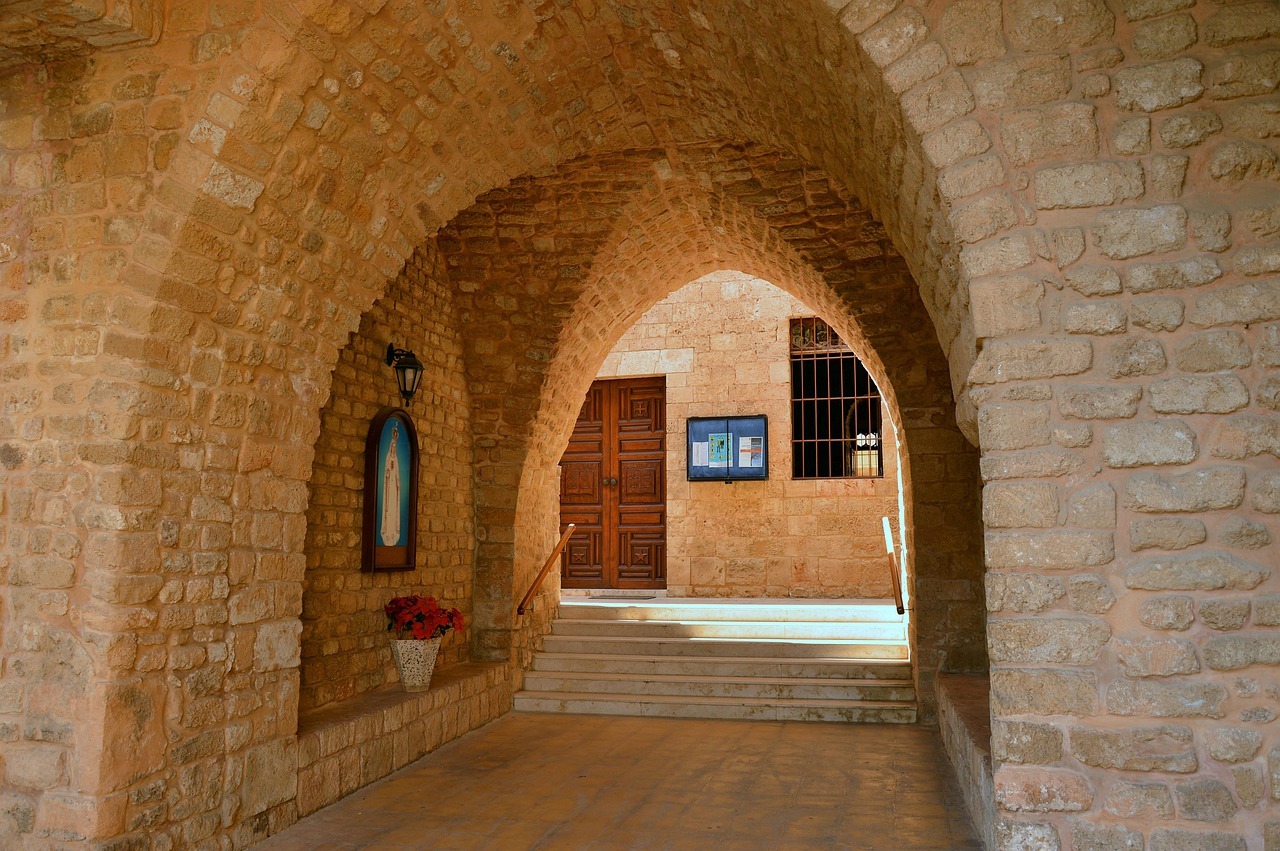The history of Christian pilgrimage is deeply woven into the spiritual and cultural fabric of the faith. From its earliest days, followers of Christ have journeyed to walk in the footsteps of saints, prophets, and Christ Himself. These sacred travels, known as pilgrimages, have served not only as acts of personal devotion but also as powerful expressions of unity, repentance, and renewal.
Biblical Roots of Pilgrimage
Christian pilgrimage finds its roots in the Bible, where journeys to sacred places were central to Jewish and early Christian spiritual life. The Jewish tradition of traveling to Jerusalem for Passover laid a foundation that Christians continued. Jesus Himself traveled to the Holy City, and His followers often visited the places where He preached, was crucified, and resurrected.
Pilgrimage in the Early Church
By the 4th century AD, pilgrimage became a recognized part of Christian life. One of the earliest documented pilgrims was Egeria, a woman from Spain who chronicled her journey to the Holy Land around 381–384 AD. Her writings remain a vital record of early Christian pilgrimage.
Another major influence was St. Helena, the mother of Emperor Constantine. Her pilgrimage to Jerusalem led to the discovery of what was believed to be the True Cross and the construction of major churches, including the Church of the Holy Sepulchre.
The Rise of Medieval Pilgrimage
During the Middle Ages, Christian pilgrimage flourished across Europe and the Holy Land. Major pilgrimage destinations included Santiago de Compostela in Spain, Rome, Canterbury in England, and of course, Jerusalem. Pilgrimages were often acts of penance, healing, or thanksgiving.
Pilgrims would travel long distances—sometimes for months or years—facing hardship, hunger, and danger. Yet the sense of spiritual purpose and community drove many to endure, seeking closeness with God and connection to sacred events and saints.
Symbolism and Spiritual Meaning
Pilgrimage symbolized the journey of the soul toward salvation. It was a spiritual discipline, meant to mirror life’s journey toward God. Pilgrims often wore distinct clothing, such as cloaks and scallop shells, and carried staffs, marking them as travelers on a holy mission.
Pilgrimage in the Modern World
Christian pilgrimage is far from a medieval relic. In today’s world, thousands still walk the Camino de Santiago, visit Jerusalem, or make spiritual journeys to places like Fatima and Lourdes. While travel is easier now, the inner call remains the same—a desire to grow spiritually and encounter the divine.
Modern pilgrims come from all walks of life. Some seek healing, others guidance or a sense of peace. Whether it is walking through ancient ruins or praying in a grand cathedral, the act of pilgrimage invites reflection, humility, and transformation.
Preserving Sacred Sites
Holy places around the world face threats from time, war, neglect, and environmental decay. Preserving them is vital for the continuity of Christian spiritual heritage. Organizations such as the Sacred Christian Pilgrimage Organization (SCPO) work tirelessly to restore ancient churches, protect sacred art, and maintain pilgrimage paths for future generations.
Conclusion
The history of Christian pilgrimage is a testament to faith in motion—an enduring tradition that connects past and present believers. It invites us not just to travel, but to journey inward, to deepen our relationship with God, and to carry forward a sacred legacy of devotion and discovery.
Sacred Christian Pilgrimage Organization is a non-profit organization devoted to inspiring spiritual growth through Christian pilgrimage. We create content to guide and support individuals on meaningful journeys of faith.





